Cha Fertility Ceter - Seoul Station ((의)성광의료재단 차여성의원)
1.8Km 2025-07-29
(2nd Floor, Seoul Square), 416 Hangang-daero, Jung-gu, Seoul
Since opening in 2015, CHA Fertility Center - Seoul Station has served as Korea's leading fertility treatment center. Based on the know-how of CHA University Gangnam Medical Center, the first private hospital to deliver a test-tube baby in 1986, CHA Fertility Center - Seoul Station is conveniently located near the center of Seoul, making it convenient for domestic and international fertility clients. Foreign fertility patients who arrive in Korea via Incheon Airport not only have easy access to the clinic via the direct rail linking Seoul and the airport but also benefit from the capital city's excellent infrastructure (transportation, tours, accommodations, restaurants, etc.) for a safe and comfortable fertility treatment during their stay. In particular, many international residents in Korea, embassy officials, U.S. soldiers, and Koreans living abroad visit CHA Fertility Center for fertility treatment.
Uke. Zamezip (육회자매집)
1.8Km 2023-12-22
200-4 Jong-ro, Jongno-gu, Seoul
This restaurant is located in a corner of Gwangjang Market's alley, and its main menu is Yukhoe/Beef Tartare (raw beef made by cutting small pieces of beef with various seasonings). The lightness of raw meat, which cannot be found in grilled meat, and the harmony with the seasoning are impressive. If you eat it with egg yolk, sprouts, and pears served together, you can feel the depth of the true taste of raw meat. If you want to try something a little more Korean-style, try 'Yuktangi,' which comes with Tangtangi (a dish made by pounding wild octopus on a cutting board and cutting it into pieces) and Yukhoe. However, the octopus Yuktangi moves around when the food is served, so you must be careful.
Buchon Yukhoe (부촌육회)
1.8Km 2021-03-24
200-12, Jong-ro, Jongno-gu, Seoul
+82-2-2267-1831
This 2020 Michelin Guide restaurant has been around for three generations already. This Korean dishes restaurant is located in Jongno-gu, Seoul. The most famous menu is beef tartare.
Buchon Yukhoe (부촌육회)
1.8Km 2024-03-04
200-12 Jong-ro, Jongno-gu, Seoul
Buchon Yukhoe is a renowned restaurant located in Gwangjang Market's Beef Tartare Street, selected by the Michelin Guide in 2023. It specializes in yukhoe (beef tartare), a Korean-style raw beef dish marinated with sesame oil and pear. The restaurant uses fresh Korean beef supplied daily, ensuring a delightful and nutty flavor. The simple seasoning enhances the natural taste of the ingredients, and the yolk-topped yukhoe adds visual appeal to the dish.
Eunjujeong (은주정)
1.8Km 2024-03-12
32, Changgyeonggung-ro 8-gil, Jung-gu, Seoul
+82-2-2265-4669
Situated near Gwangjang Market, Eunjujeong focuses on kimchi jjigae. Served wrapped in lettuce, it offers a unique delicacy. They also sell barbecued pork belly, which is grilled in the traditional Korean style. After finishig the meal, it's recommended to take a walk along Cheonggyecheon Stream right in front of the restaurant. Across Cheonggyecheon Stream is Gwangjang Market, which is also worth exploring, enriching the experience of the area.
Olive Young - Chungmuro Station Branch [Tax Refund Shop] (올리브영 충무로역)
1.8Km 2024-04-18
222, Toegye-ro, Jung-gu, Seoul
-
Culture Station Seoul 284 (문화역 서울 284)
1.8Km 2024-12-04
1 Tongil-ro, Jung-gu, Seoul
Culture Station Seoul 284 opened in 2011 by restoring the old Seoul Station. The complex holds various programs including exhibitions, performances, cultural events and workshops. It holds over 100 years of history with Namdaemun Station being the original name of the station in 1900 and changing to Gyeongseong Station, Seoul Station, and now Culture Station Seoul 284. The look of 1925 Gyeongseong Station offers visitors a flashback to the past, providing a fun and special experience.
◎ Travel information to meet Hallyu’s charm
This is where Mok-ha (played by Park Eun-bin) waited for Ki-ho (played by Chae Jong-hyeop) with flowers in the TV series "Castaway Diva." As the restored historic Seoul Station, it also appeared in "Reply 1994" as the location where Samcheonpo (played by Kim Sung Kyun) first arrived in Seoul.
Gohyang (고향)
1.8Km 2021-03-22
15, Jong-ro, 31ga-gil, Jongno-gu, Seoul
+82-2-743-9191
A place where you can try various Korean dishes. This Korean dishes restaurant is located in Jongno-gu, Seoul. The most famous menu is bulgogi.
Haemul Saryeongbu (해물사령부)
1.8Km 2021-03-19
10, Jong-ro 31ga-gil, Jongno-gu, Seoul
+82-2-763-8882
Blowfish broth is used for all dishes. The representative menu is braised beef short ribs and seafood/braised spareribs and seafood. This is a Korean cuisine located in Jongno, Seoul.
Namsangol Hanok Village (남산골한옥마을)
1.8Km 2025-07-14
28 Toegye-ro 34-gil, Jung-gu, Seoul
Namsangol Hanok Village opened in 1998 on the northern side of Namsan Mountain in the center of the capital. This village has five restored hanok (traditional Korean house) premises, a pavilion, a traditional garden, a performance art stage, and a time capsule plaza, making it a perfect spot for locals and tourists to take a leisure walk. Upon entering from the front gate, visitors will get a taste of Korea's traditional life while escaping from bustling city life. The traditional garden with its pavilion and old houses creates a peaceful ambiance before the forested Namsan Mountain. A time capsule commemorating Seoul’s 600th anniversary was buried in 1994 at the highest point of the village and is scheduled to be reopened 400 years later in 2394.
The five hanok premises at Namsangol Hanok Village once belonged to aristocrats and government officials of the Joseon dynasty. Each house was originally located in a different neighborhood, but they were all moved to this area and restored to their original form. The houses were rebuilt using their original materials, except for one house, where the materials were too old and deteriorated to be reused. The premises were carefully restored and replicated according to their original form to depict the owners’ social class and personality. These buildings are now used as an exhibit to portray the living environment during the Joseon dynasty and as a venue for educational and cultural programs for children and tourists.
Some of the unique programs and activities to participate in include wearing hanbok, folding hanji (traditional Korean paper), writing in Korean, traditional tea ceremony, traditional etiquette school, and herbal medicine experience. There are also taekwondo demonstrations and other various performances held around the village. Visitors can also try traditional games such as yunnori (traditional board game), or understand more about the area through a guided tour.

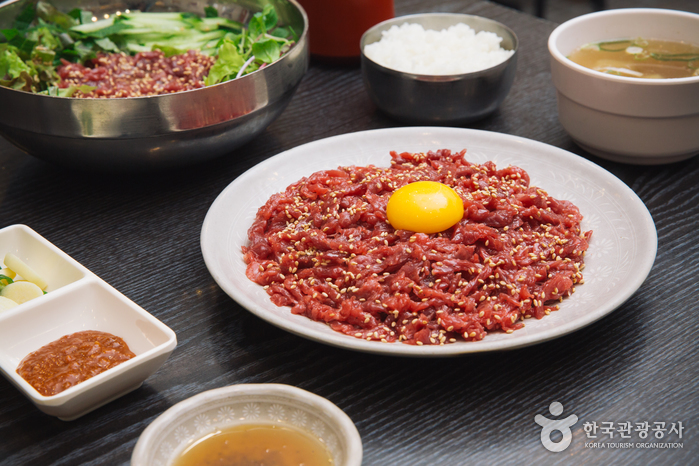
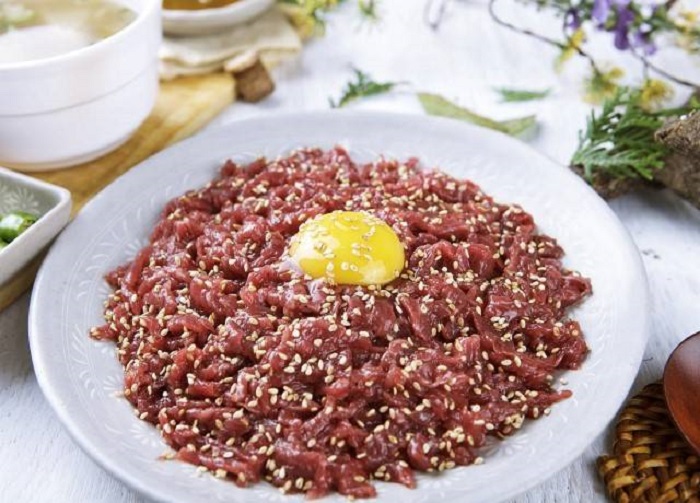
![Olive Young - Chungmuro Station Branch [Tax Refund Shop] (올리브영 충무로역)](http://tong.visitkorea.or.kr/cms/resource/68/2888868_image2_1.jpg)
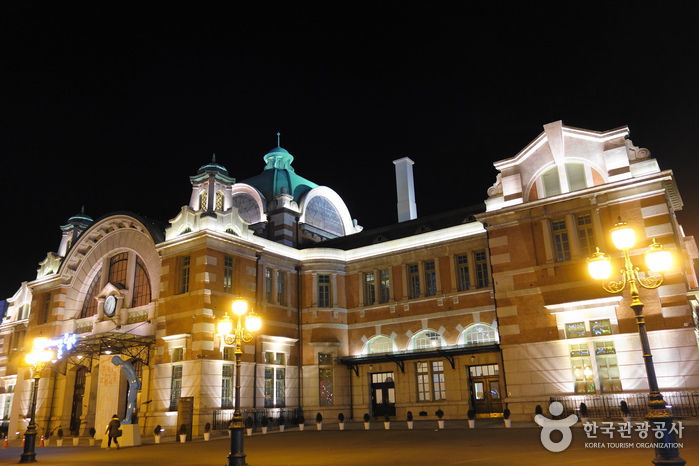
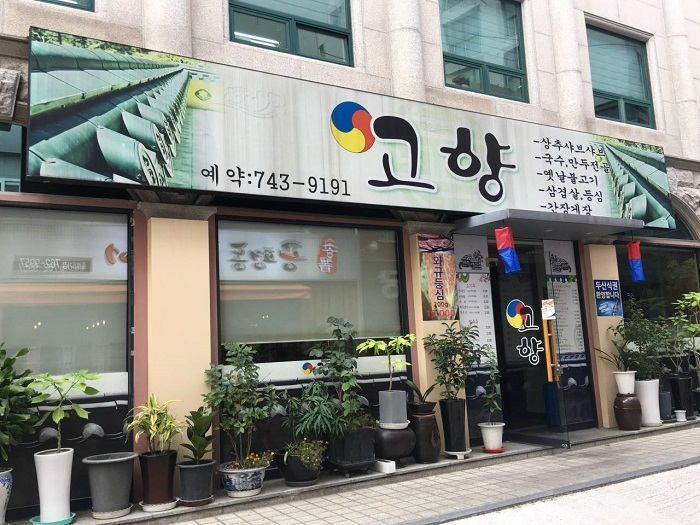
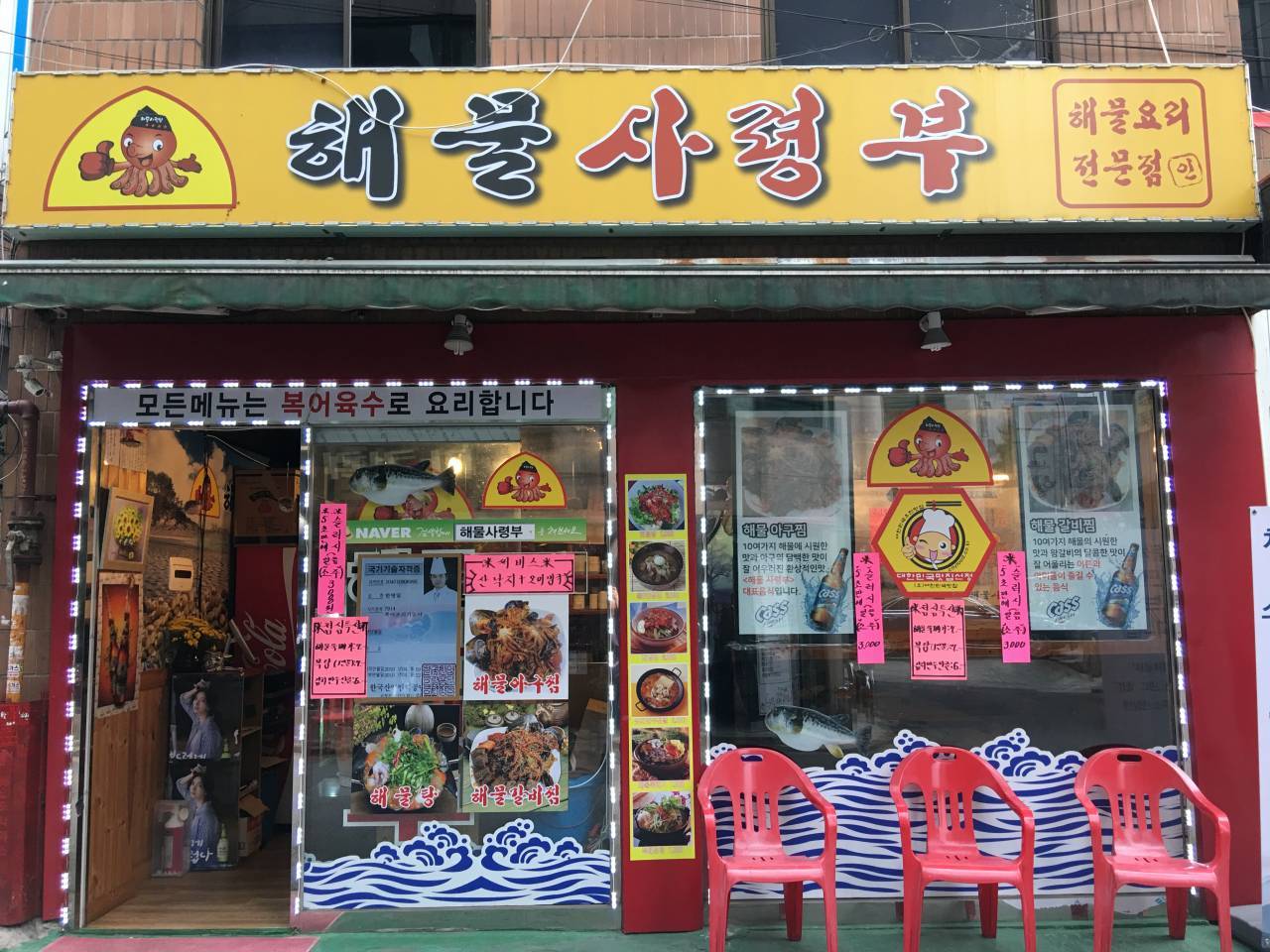
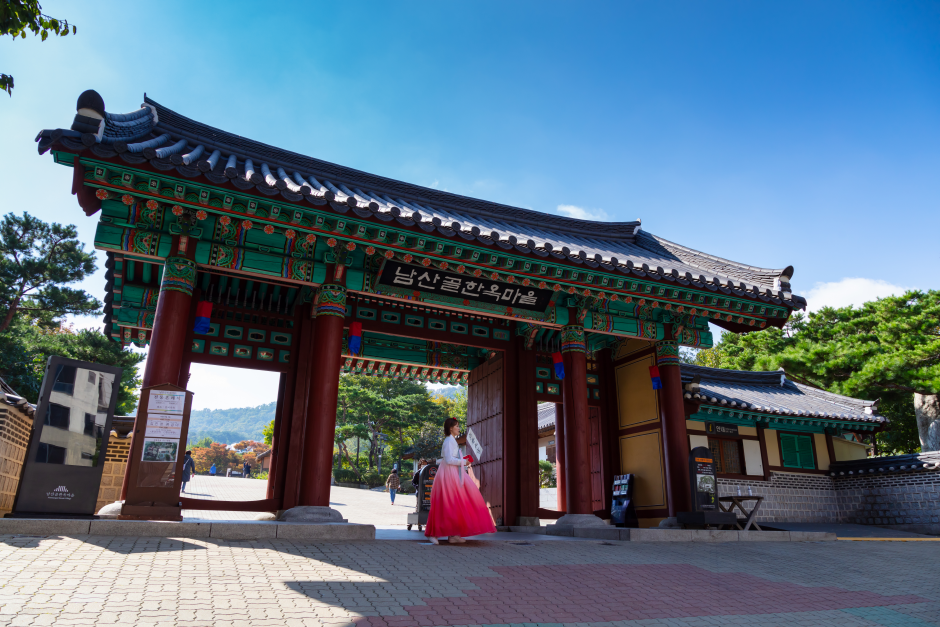
 English
English
 한국어
한국어 日本語
日本語 中文(简体)
中文(简体) Deutsch
Deutsch Français
Français Español
Español Русский
Русский